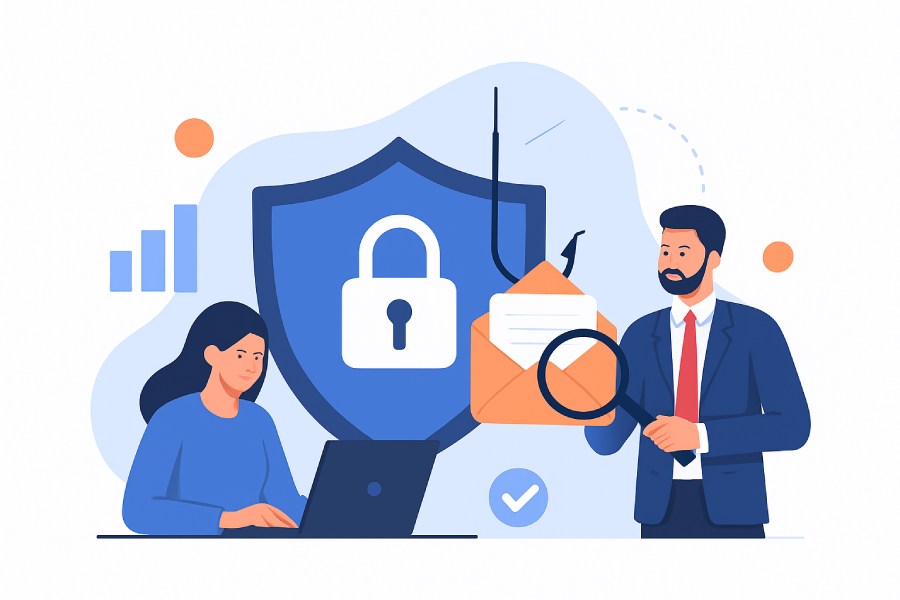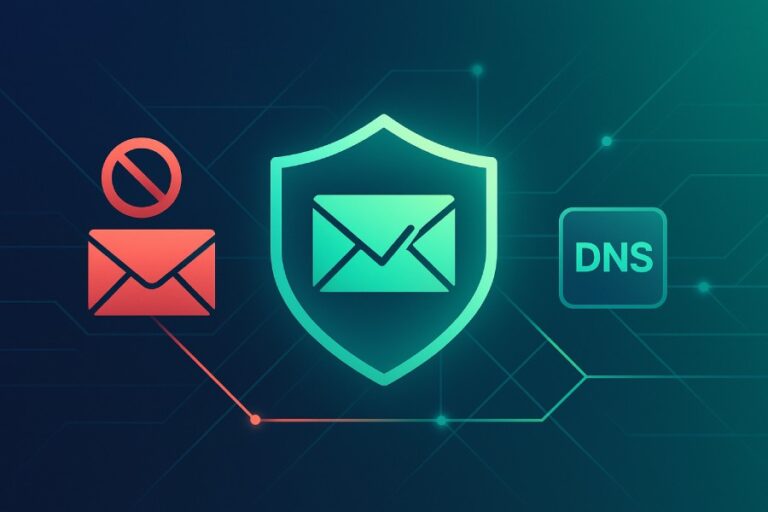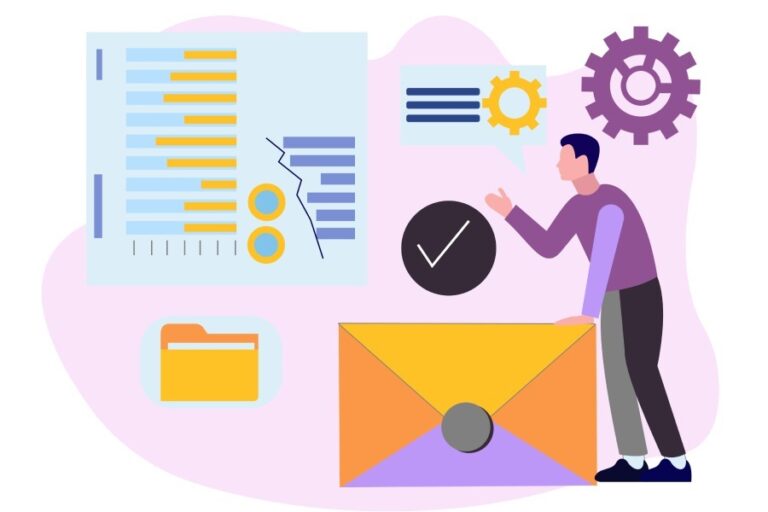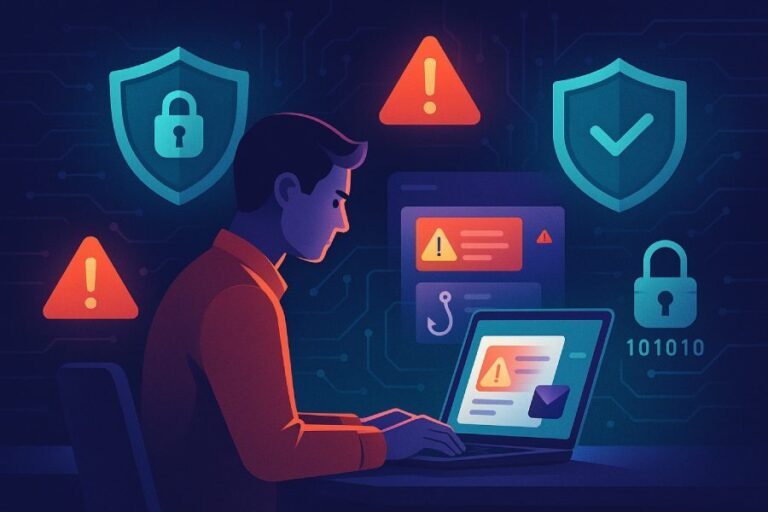
Email communications are an integral part of the modern business ecosystem. However, the excessive reliance on emails has made it one of the biggest vulnerabilities, too. We are living in a time where a single phishing attack can ruin the reputation and finances of an entire business.
That’s exactly why simple filtering methods are inadequate for detecting malicious emails. This is where DMARC (Domain-based Message Authentication, Reporting, and Conformance) software comes into play. It is a solid guardrail protecting your business reputation and data from phishing attempts.
It is 2025, and the market for DMARC is not growing; rather, it is skyrocketing!
With the easy access to generative AI and a sudden upsurge in the cases of sophisticated phishing attacks, the global DMARC software market is expected to hit an astonishing USD 12.4 billion by 2034. This explosive growth confirms that DMARC is gradually undergoing a transition. Earlier, businesses used to treat it as a nice-to-have feature. The perspective has changed, and now DMARC has eventually become a must-have component to tackle modern cyberattack tactics.
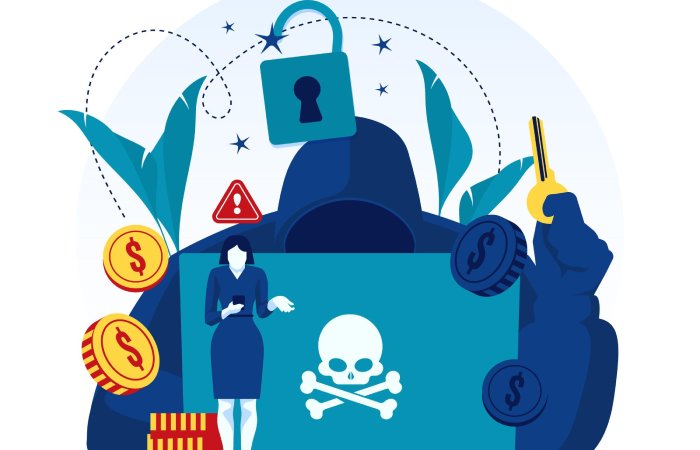
Why is DMARC becoming a complete non-negotiable?
The major catalyst behind the growing demand for DMARC software is the highly dynamic and relentless threat of email-based attacks. Instances of domain impersonation and phishing attempts have become more pervasive.
Moreover, businesses have eventually realized that safeguarding their domain is no longer just about internal security. Rather, it is also about customer trust. As per a report, 88% of the customers are comfortable sharing their personal details only with the brands that they can trust. Therefore, implementing the DMARC protocol is critical to maintaining a business’s brand value.
What does DMARC do?
DMARC is a key email authentication protocol that works closely with two other significant email authentication protocols— SPF (Sender Policy Framework) and DKIM (DomainKeys Identified Mail). With DMARC, it is possible to:
- See who is using your business domain to send emails on your behalf.
- Instruct receiving email servers on what to do with the emails that fail the authentication checks.
- Get detailed reports around email authentication results.

DMARC can be considered a proactive approach to prevent the increasing risk of phishing attempts. Also, it aligns perfectly with the gradual shift toward zero-trust security models.
DMARC adoption- a global phenomenon
If we see the global scenario, North America tops the chart when it comes to DMARC adoption (38.2% share in 2024). This global dominance signifies the seriousness with which the USA handles cybersecurity infrastructure. Besides, the US Federal Risk and Authorization Management Program, or FedRAMP, also administers the cybersecurity landscape closely. In the US alone, the DMARC software market is expected to hit $3.0 billion by 2034.
When it comes to enterprise size, the large enterprises dominate the DMARC software market with a massive share of 68.6%. It is these large enterprises that are highly exposed to Business Email Compromise or BEC because of the high volume of email traffic across multiple domains.
Also, they are the ones targeted by authorities to comply with regulatory mandates. Plus, large enterprises generally have high cybersecurity budgets allocated. So, their inclination towards DMARC integration seems quite obvious.

Sector-wise, the BFSI (Banking, Financial Services, and Insurance) sector is one of the leading adopters of DMARC software, comprising 30.2% of the market share. Since the financial sector keeps being targeted by phishing actors left, right, and center, BFSI enterprises prefer to embrace DMARC to safeguard their highly sensitive data. Also, the regulatory authorities are quite stringent with the compliance frameworks when it comes to the BFSI sector.
The future of the DMARC software market
In the near future, the DMARC market is going to be backed by artificial intelligence. More and more software vendors are embedding AI and machine learning to improve real-time threat detection and automate policy configuration. With AI, the systems are getting smart enough to identify abnormalities and adjust DMARC policies accordingly. This significantly reduces the pressure on the IT teams and positions DMARC solutions as one of the best real-time threat management practices.
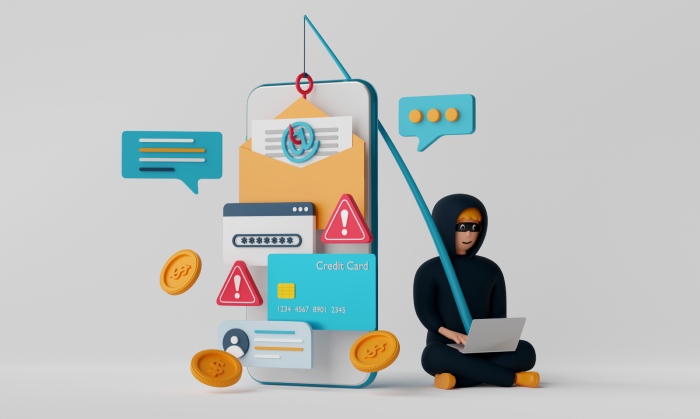
In a nutshell
The cybersecurity industry is prioritizing safeguarding digital identity. That’s exactly why we can see the rapid proliferation of the DMARC software market. Customers now prefer stringent email authentication. Cloud providers like Microsoft and Google, as well as regulators, require a strict email security protocols in place. Thus, DMARC is moving towards the center stage as the major element of brand protection against malicious phishing attempts.
For domain owners who think of cybersecurity seriously, DMARC is no longer just a firewall. Instead, it is a foundational step to secure all the sensitive data as well as the trust of the customers. DMARC software is the shield that makes your brand emails trustworthy despite the sophisticated threats your domain faces.
